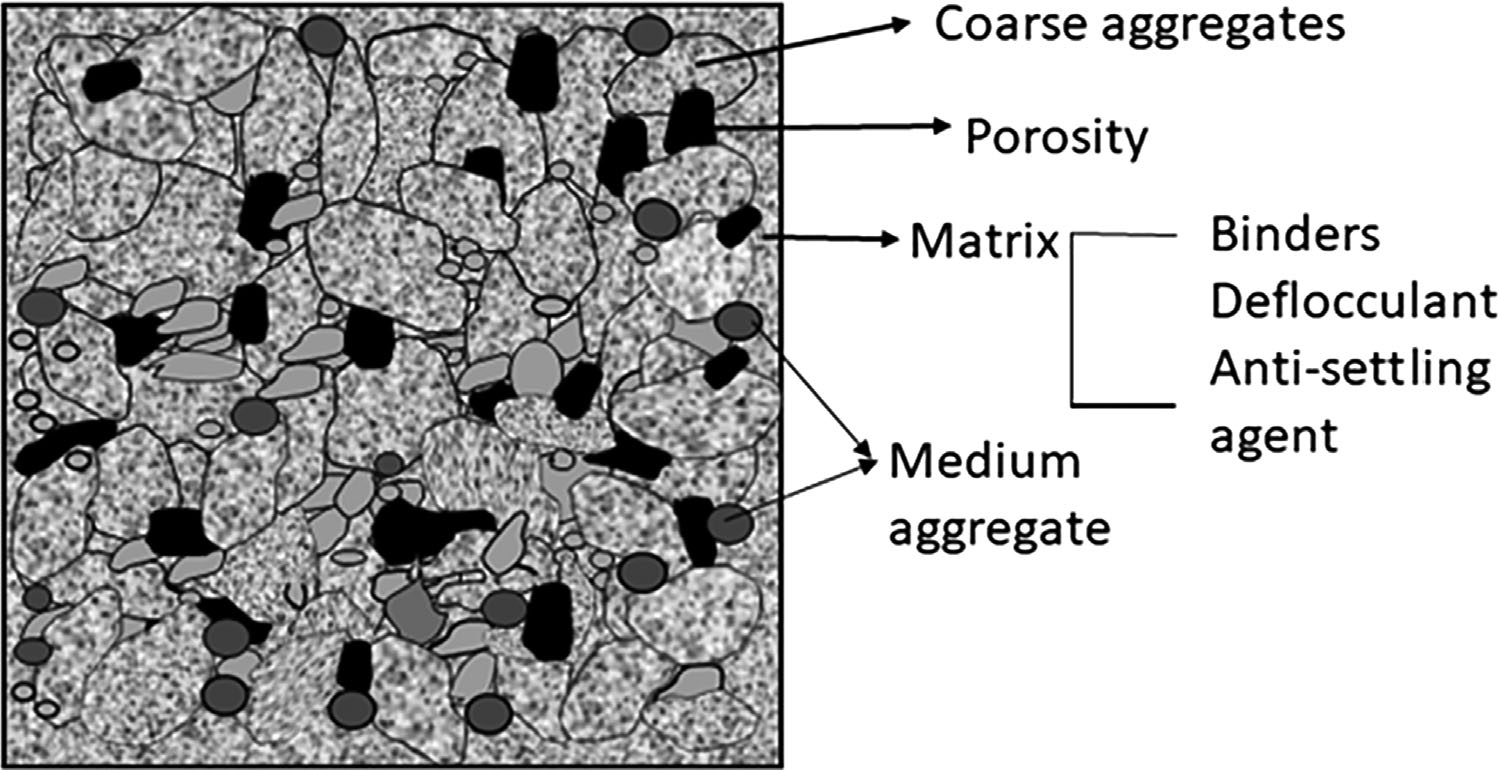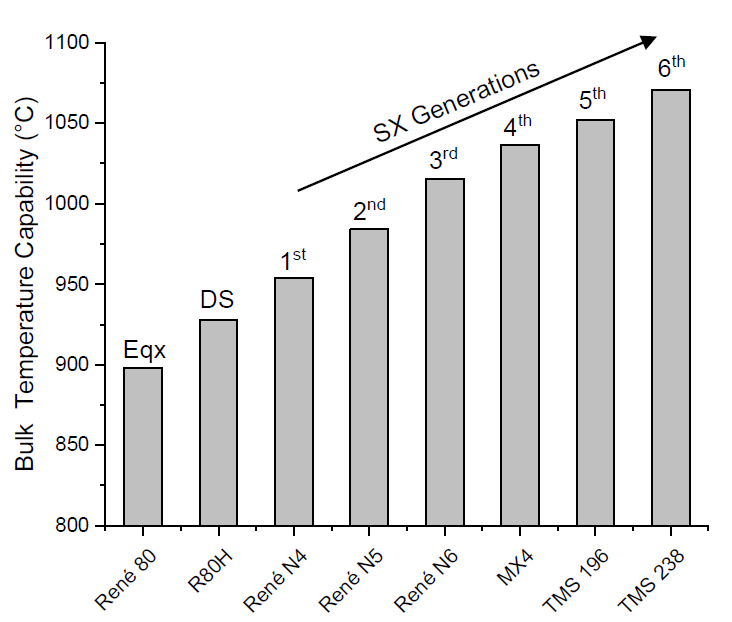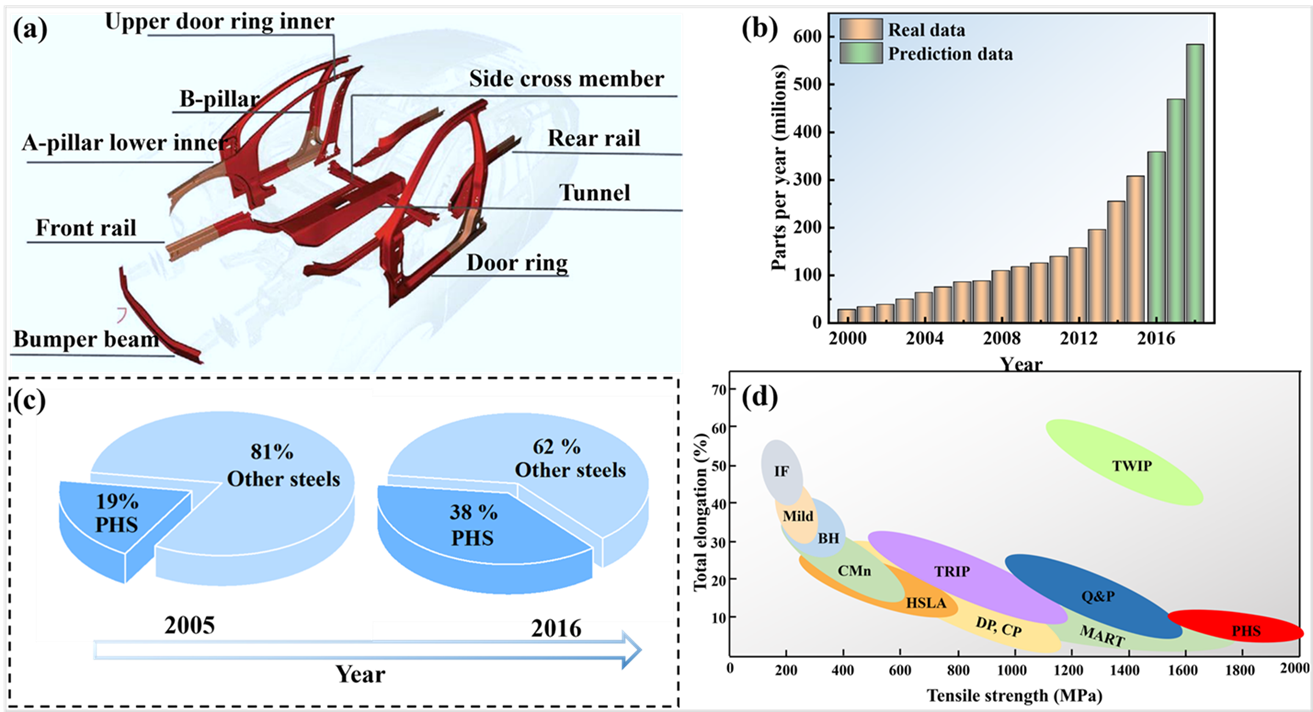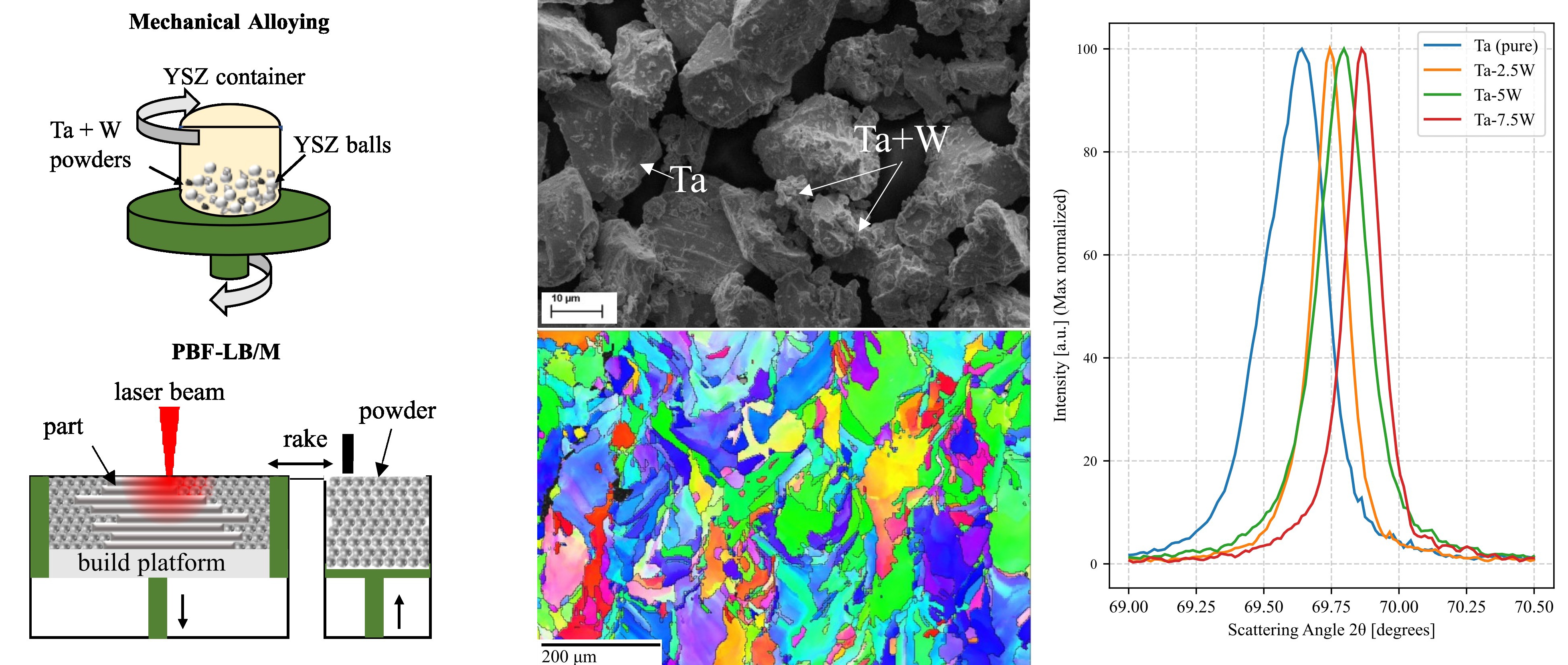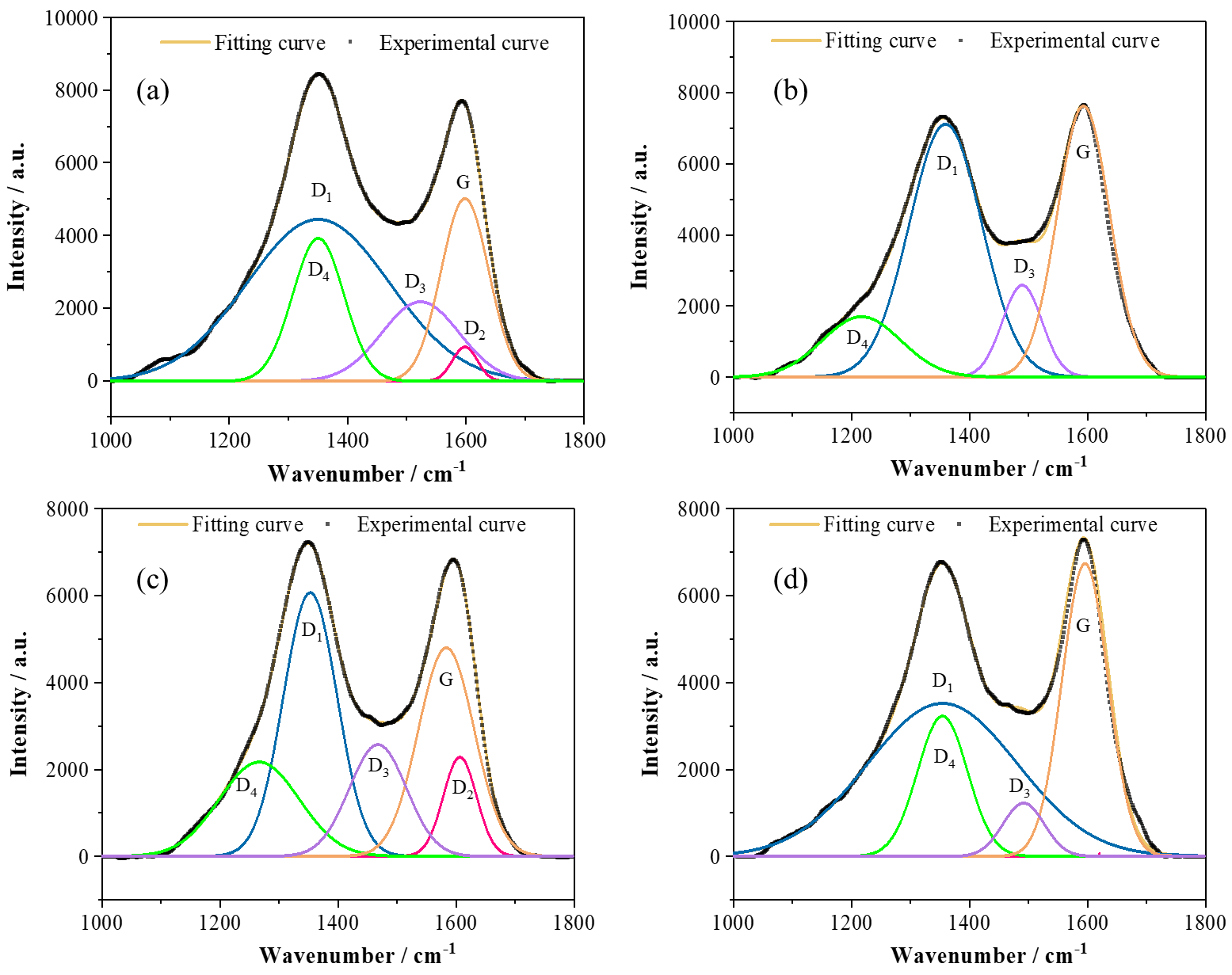Issue 1, Volume 2 – 6 articles
Cover Story (View full-size image):
Cracking susceptibility increased with tungsten content, while rapid solidification resulted in microhardness values up to 385 HV0.1 for 7.5 wt% W. The refined microstructure and uniform element distribution underline the potential of polyhedral powders as a sustainable and economical feedstock, paving the way for additive manufacturing of high-performance tantaloys for use in extreme environments such as fusion reactors.


